When you take a sustainable trip, you turn off the lights and leave. Well, it’s not quite that simple, but it’s not as complicated as you might think. In this article, we’ll walk you through the step-by-step process of planning a sustainable trip.
How do you start planning a trip?
Maybe it’s based on a feeling, a recommendation from friends, a photo, a video, or a report. Ultimately, we often don’t know where the idea for a destination, sightseeing opportunity, or way of traveling came from. We are bombarded with so many impressions daily that it’s difficult to identify what triggered a travel decision. However, you can influence this and commit to sustainability from the beginning.

Find inspiration in places where sustainability is a priority
Surround yourself with information and impressions from social media, travel reports, and blogs that reflect your values and desire for sustainable travel. With so many creators, blogs, and sources of information, it’s easy to find a sustainability-conscious travel community.
If you’re still looking for inspiration, be sure to browse our blog 😀 Rest assured that all of the featured partners and accommodations are genuinely committed to sustainability.
Who’s coming with?
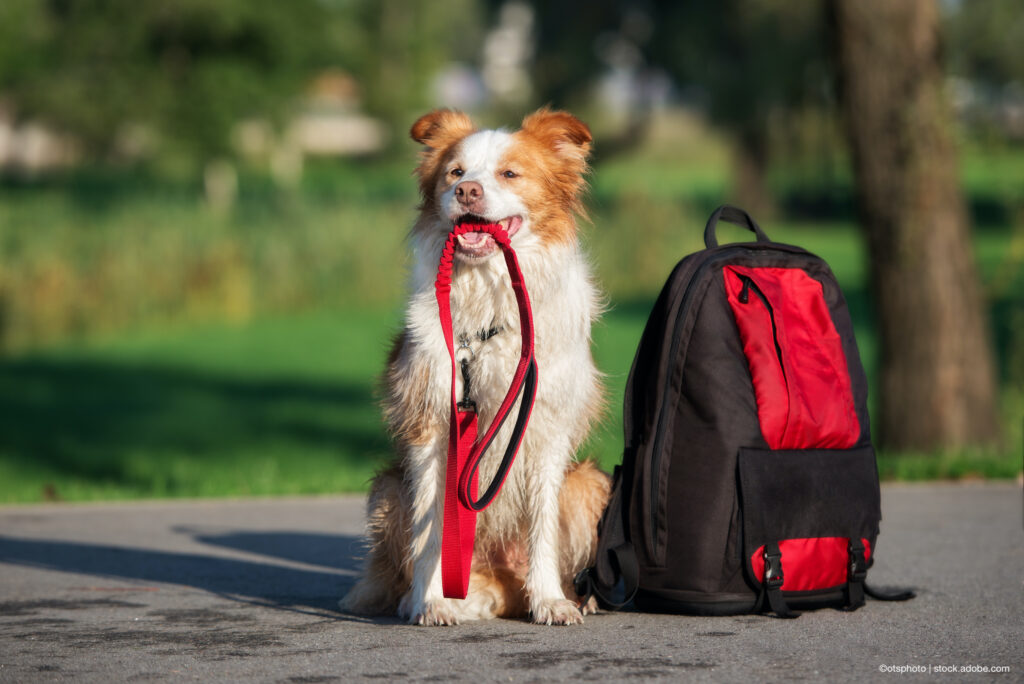
The first step in travel planning is asking: Who will be traveling with you? Is it a solo trip just for you? Or will it be a family vacation with children? Would you like to bring your dog, or is it supposed to be a romantic getaway with your partner?
- Out of the box:You might not always want to travel the traditional way with your family or partner. So, how about taking a trip with your siblings or going on a multigenerational vacation with your grandparents?
Which trip is right for me? Take the test.
City break, culture, wellness… Are you longing for relaxation or adventure? Not quite sure yet? Or do you have so many ideas and destinations that you can’t decide on just one? If so, take our self-test to find out which vacation suits you best (at the moment).
What is the best way to plan a sustainable trip?

We’ve answered the basic questions. Where would you like to go? Who is coming with you? What kind of trip do you have in mind? We will use this information in the next step of the planning process.
#1: Choose an environmentally friendly means of transportation
To make your trip more sustainable, first be aware that the journey usually accounts for the largest part of a trip’s ecological footprint. Therefore, choosing a destination that you can reach without flying, taking a cruise ship, or driving is a significant step. This doesn’t mean we condemn air travel in general. However, if you can reach your destination by night train or long-distance bus, it’s definitely better.
Hotels with a stop
Some of our Green PearlsⓇ accommodations are located right next to a train station. This primarily applies to city hotels, such as the Green City Hotel Vauban in Freiburg, Germany; the zero-emission Milano Scala hotel in Milan, Italy; and the unique Le Pavillon hotel in Paris, France. However, rural accommodations such as the Apipura hotel rinner in South Tyrol’s Ritten region are also easily accessible by public transportation. The historic Ritten Railway takes you directly to the “Rinner” station at the Apipura hotel rinner, and the ride is free with the “RittenCard.”
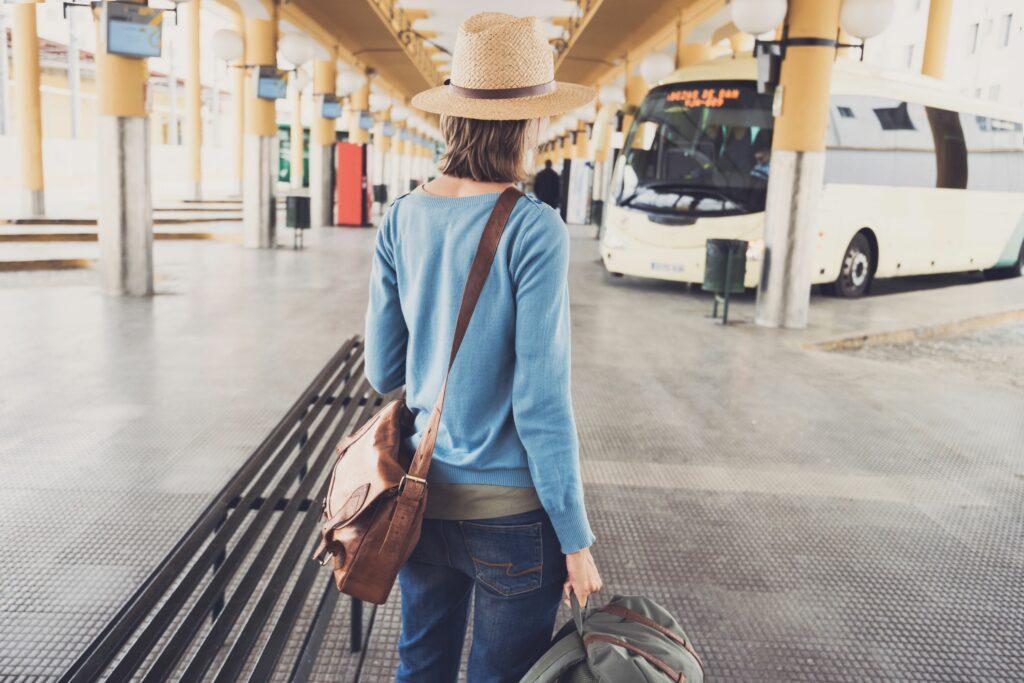
What are the most environmentally friendly modes of transportation?
- Hiking/cycling
- E-bike
- Train/long-distance bus
- Electric car
- Car
- Air
- Cruise
(If you’re interested, you can read more about the comparisons between airplanes and cruise ships, and between electric cars and trains, here.)
#2: To avoid overtourism, choose the off-season and discover lesser-known cities.
Would you like to visit Las Palmas on Gran Canaria? Instead of staying at a beach resort, consider a charming boutique hotel in the island’s interior, such as the Casa León Royal Retreat. Are you keen to see Machu Picchu? Then consider visiting during the rainy season (November to March), when the fog can make the ancient Inca city appear even more magical, and when there are far fewer tourists. This allows the World Heritage Site time to recover from the crowds of tourists. Incidentally, the Green Pearls^(TM) Hotel Inkaterra Machu Picchu Pueblo plays a role in ensuring the continued existence of this formerly endangered World Heritage Site. The hotel is committed to waste disposal, water conservation, and sustainable tourism in the local area.
#3: Book sustainable accommodations
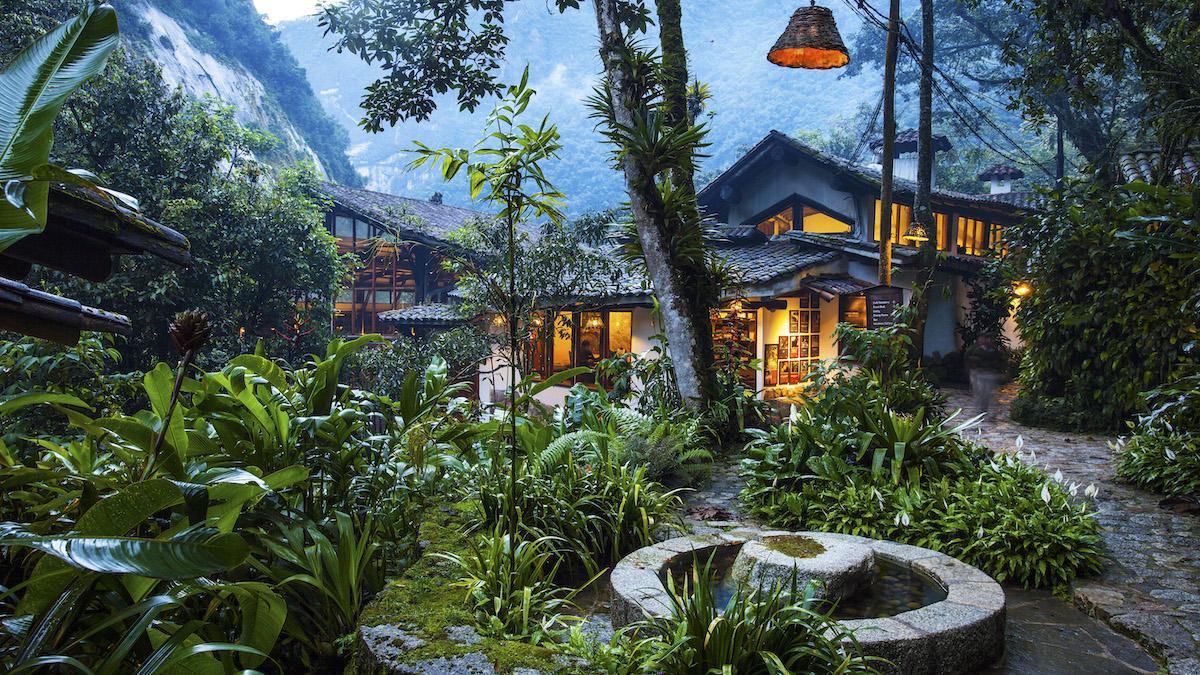
Once you arrive at your destination, your choice of accommodations is key to whether your trip can be considered environmentally friendly. Who better to recommend accommodations than Green PearlsⓇ? On each accommodation’s page under “Green Initiatives,” you will find a transparent list of the areas in which they are committed to sustainability. After all, sustainability has many facets. Some Green Pearls® partners are more socially engaged, some are involved in renewable energies, and some promote a vegan lifestyle.
How to make a sustainable booking
Figures from 2023 show that less than 30% of accommodations are booked directly, while over 70% are booked through third-party providers. It’s no secret that booking platforms (OTAs) take a commission. This commission ranges from 15% to 30% of the room price.
It’s fairer and more sustainable to book directly with the accommodation provider. This way, they receive 100% of the room price, and you can support their environmental protection and social engagement efforts. At Green Pearls®, which features small, independently owned accommodations presented by dedicated hosts, you will be redirected directly (and commission-free) to the accommodation’s website when you make a booking.
Is your travel planning complete? Now it’s time to look forward to your trip and prepare for your journey!
Studies show that the positive effects of increased subjective well-being and higher life satisfaction occur even before the vacation begins. In other words, looking forward to a planned trip can make you happy! So enjoy and nurture that feeling. 😉
Here’s how you can build up your anticipation:
- Read books set in your vacation destination. This doesn’t have to be travel guides; it can be novels, crime stories, urban fantasy, and so on. Browse your local library for inspiration!
- Find more inspiration online on sites like Pinterest or YouTube.
- Learn about your destination’s culture, history, and cuisine. Travel guides are useful for this. Consider whether you need a paper copy or if a digital version will suffice. Be honest: How often have you actually picked up a travel guide from a previous trip?
- Learn a few words and phrases in the local language.
- Before your vacation, free yourself from things that are weighing you down. These could be unresolved arguments with relatives, unpaid debts, or a messy apartment. They could also be a messy apartment or glass bottles that should have been taken to the recycling center a long time ago. Take care of these things now so you can start your vacation feeling relaxed!
Preparation: Pack your suitcase sustainably
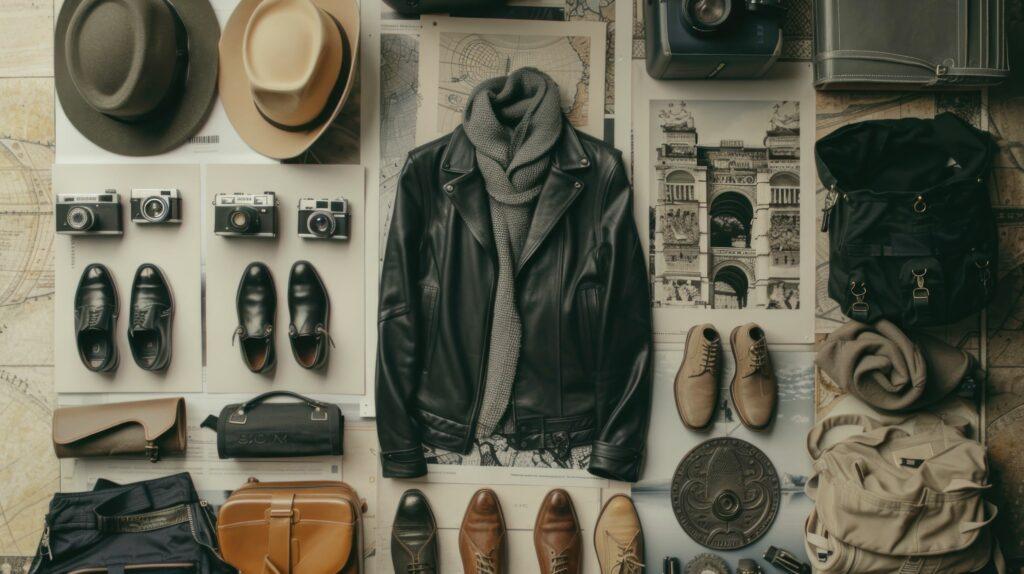
Sustainable packing means:
- Packing light
- Conserving resources
- Avoiding harmful substances and plastic.
The lighter your luggage, the less effort it takes to transport it, and the less fuel, electricity, and energy you use. For this reason, many travelers create a capsule wardrobe. This means you have only a few items of clothing that can all be combined with each other.
The best way to conserve resources is to avoid buying everything new. For example, would you like to try stand-up paddleboarding, surfing, or snowshoeing on your vacation? You can easily rent all of these items locally. Many hotels also rent equipment such as hiking backpacks and yoga mats. Naturhotel Outside in East Tyrol, for example, is a certified hiking hotel that offers free equipment rentals for hiking tours in the nearby Hohe Tauern National Park.
Consider packing your own water bottle, lunch box, and jute shopping bag to reduce waste while traveling. Other zero-waste items include solid shampoo bars, miswak toothbrushes, and reusable cotton pads. Also, buy sunscreen from a certified natural cosmetics manufacturer and make sure it is coral-safe (some countries require this!).
- Here are some more tips for ultralight travel.

And off it goes: leaving the apartment
Before leaving for vacation, make sure you use or give away any perishable food so that it doesn’t go to waste. The refrigerator can be turned off or set a few degrees warmer. Some modern refrigerators have a vacation mode that reduces cooling since the door is not constantly being opened, thus consuming less energy. Unplug all other electrical appliances, and ensure that nothing is left on standby. Water your plants, turn off the water where necessary, and don’t forget about the heating.
- Out of the Box:Could you do someone a favor and let them stay in your apartment for a while? Does anyone you know need a place to sleep, or a quiet place to study or work? Do you live somewhere that others would like to vacation? If you’re going to be away for a while, having someone stay in your apartment will also give you someone to take care of your plants and pets. However, this requires an extra step in your planning. 😉
The best way to start a sustainable vacation is with sustainable travel planning. The best part? This article is your first step! What tips do you have for planning a sustainable vacation? Share them in the comments!
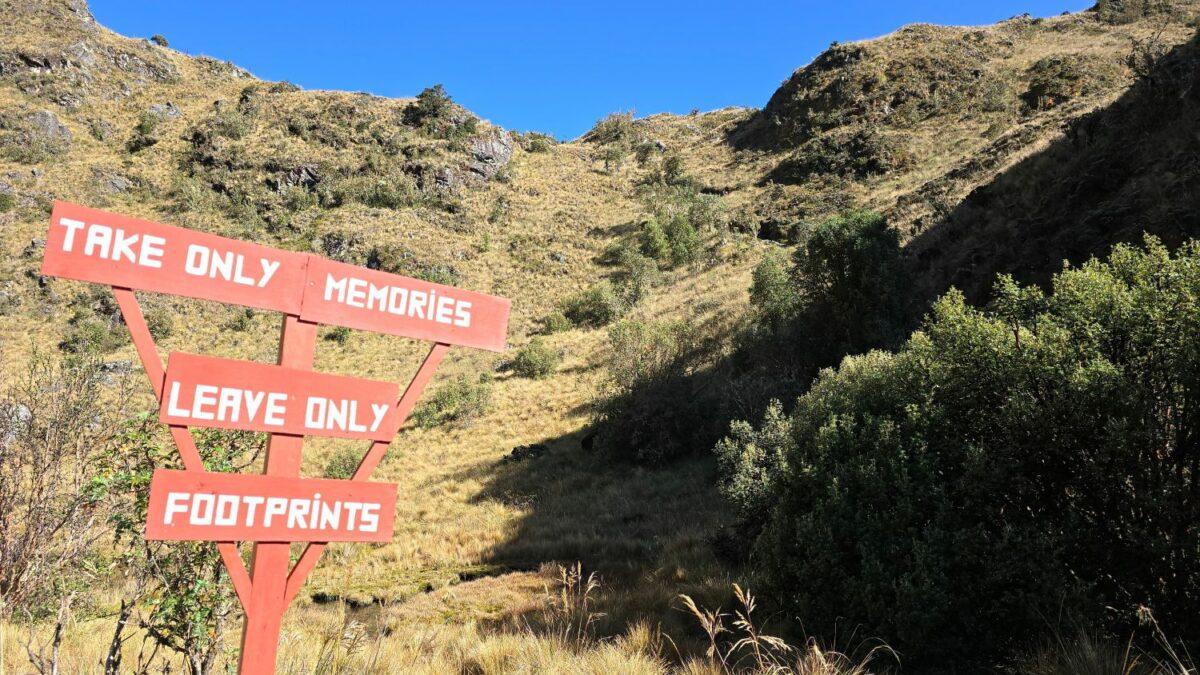




I really appreciate the reminder that sustainable travel starts with the decision-making process, not just the destination. I’ve started curating my social feeds to follow more eco-conscious travel content—makes a big difference in shaping how I plan trips.